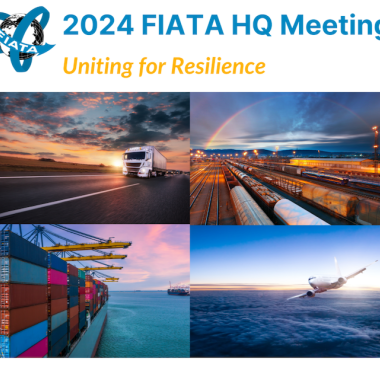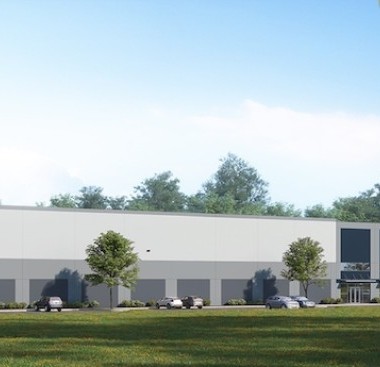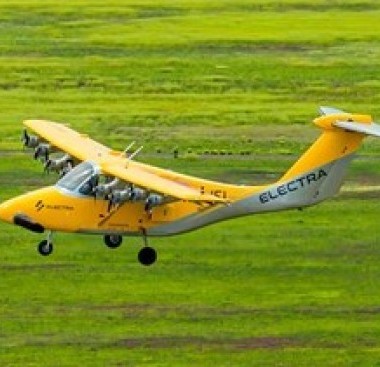Hapag-Lloyd and Seaspan to retrofit five vessels to methanol propulsion
Apr 16, 2024- Methanol retrofit project for five 10,100 TEU charter vessels
- Represents another step towards achieving strategic decarbonization goal by 2045
Hapag-Lloyd and Seaspan Corporation enter into a partnership agreement to retrofit and convert five 10,100 TEU container ships powered by conventional MAN S90 engines to dual-fuel engines capable of operating on methanol. Following the engine retrofit, the vessels will continue to be on long-term charter from Seaspan to Hapag-Lloyd.
Dr. Maximilan Rothkopf, Hapag-Lloyd’s Chief Operating Officer (COO), stated: “The methanol retrofit project is a further step in our ambitious sustainability agenda, which aims to achieve the decarbonisation of the entire fleet by 2045. By enabling these vessels to use green methanol as of 2026, we will meet our customers’ growing demand for green transportation solutions.” Regarding the initiative, Rothkopf also added: “With Seaspan, we benefit from a valued partner with deep experience, a wide supplier network and scale.”
Torsten Holst Pedersen, Chief Operating Officer (COO) of Seaspan, commented, “Collaboration between strong and like-minded partners, Hapag-Lloyd and Seaspan, drives innovation. Retrofitting must be an integral part of the strategy if the container shipping industry wants to deliver on its decarbonisation targets.”
To achieve its strategic decarbonisation goal, Hapag-Lloyd’s investments are not only focused on newbuildings or retrofits (dual-fuel propulsion) and the optimisation of the efficiency of our existing fleet (Fleet Upgrade Program), but also on covering the exploration and sourcing of green fuels. Green methanol is thereby emerging as one of the low emission fuels of the future.
The vessels scheduled for retrofits are the “Seaspan Amazon”, “Seaspan Ganges”, “Seaspan Thames”, “Seaspan Yangtze” and “Seaspan Zambezi”. The retrofit is expected to take approximately 80-90 days per vessel starting in the first quarter of 2026. The total investment is estimated at around USD 120 million for the five units.
Similar Stories
White House eyes Russian uranium import ban while House bill stalls
The Biden administration is considering banning imports of enriched Russian uranium using executive authority as congressional efforts to block the Kremlin’s shipments of the reactor fuel stall, people familiar with…
View ArticleFirst ARC vessel voyage powered by biofuel
Consistent with a long-term emissions reduction strategy, M/V ARC Independence became the first ship in the American Roll-On Roll-Off Carrier (ARC) fleet to incorporate biofuel into its operations.
View Article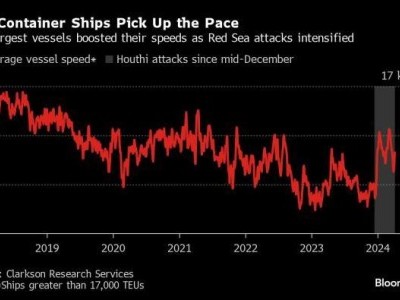
Red Sea diversions spew carbon emissions equal to 9 million cars
View ArticleHapag-Lloyd launches first dry container tracking product “Live Position”
View Article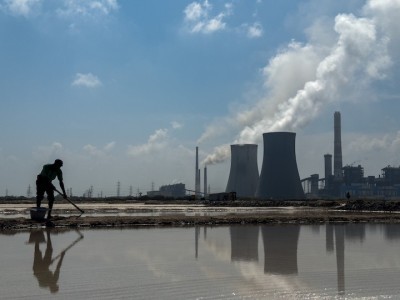
Brin-backed carbon removal startup nears firing up its new plant
View Article
Norvic Shipping takes positive steps towards future growth with executive leadership transition
View ArticleGet the most up-to-date trending news!
SubscribeIndustry updates and weekly newsletter direct to your inbox!


